IN SEARCH OF NESSIE (2018-2020)
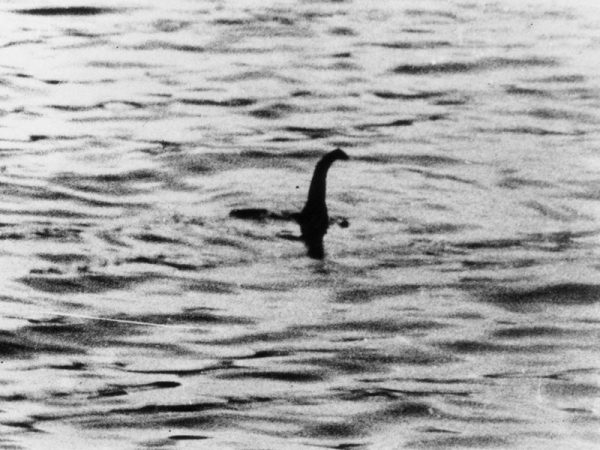
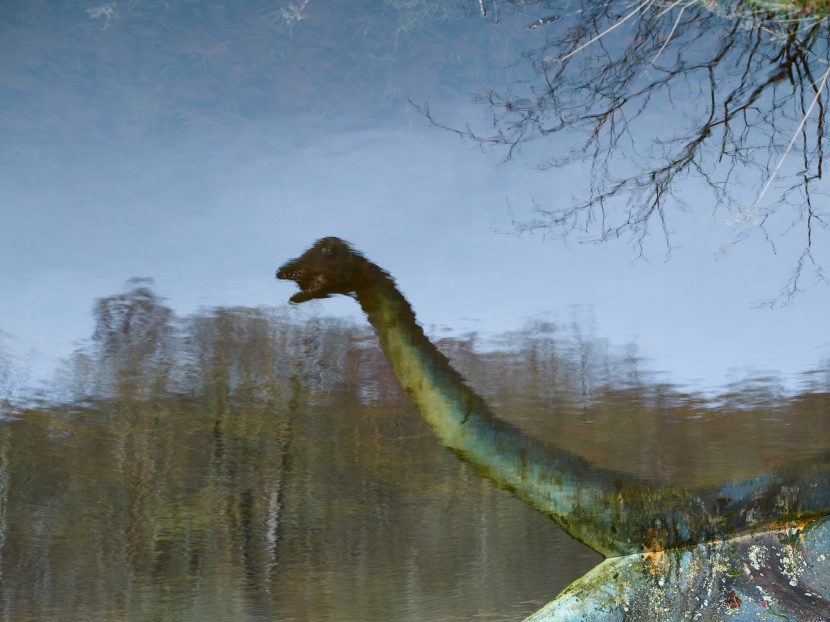
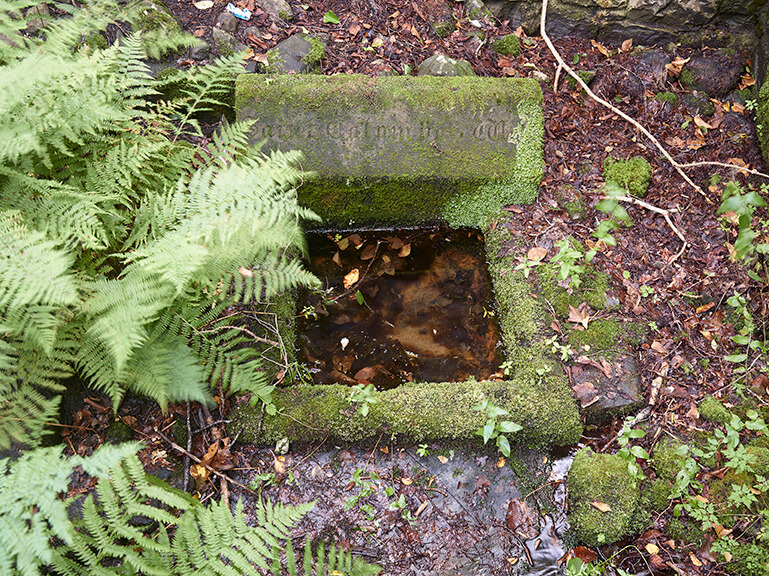
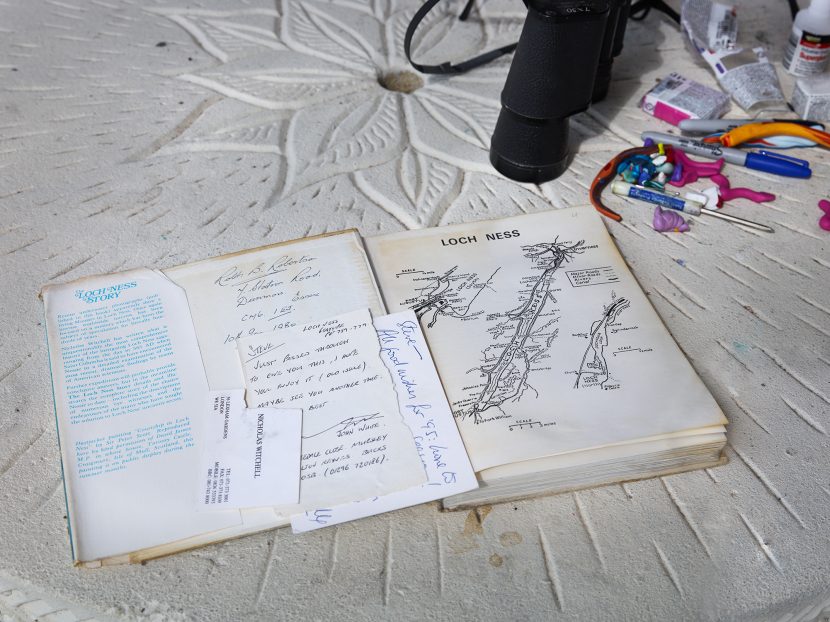
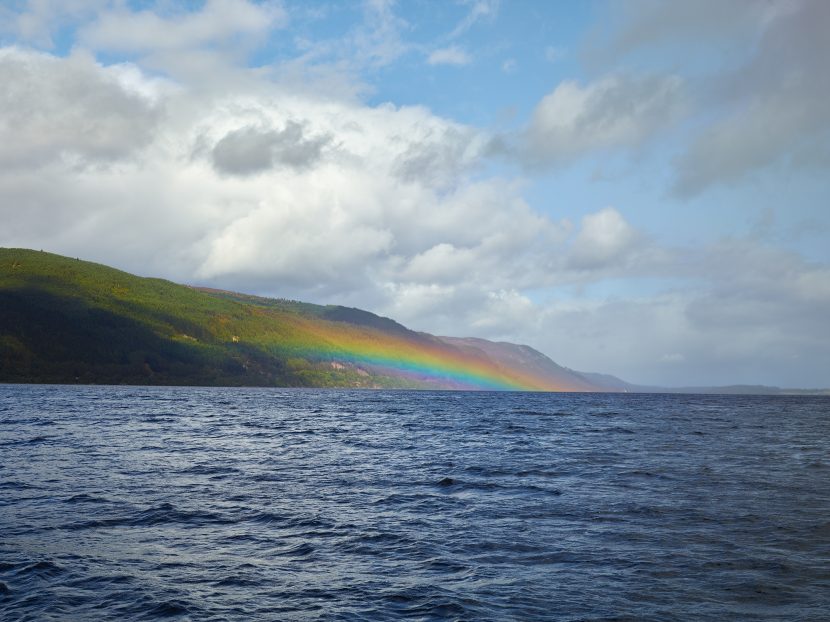
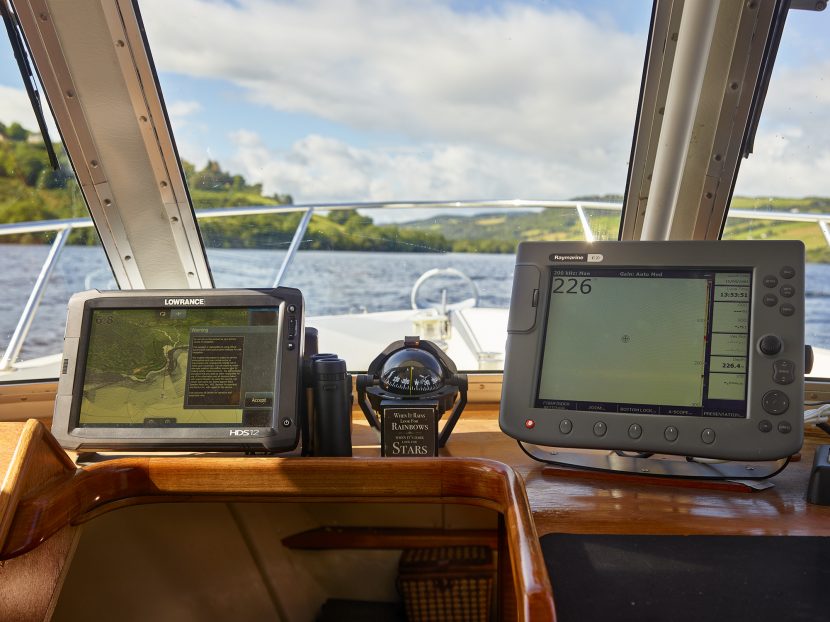
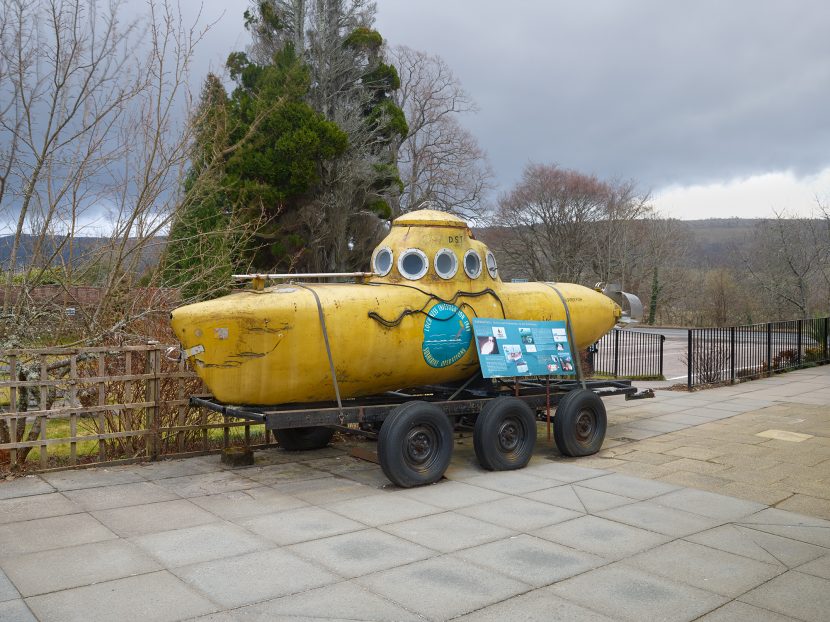
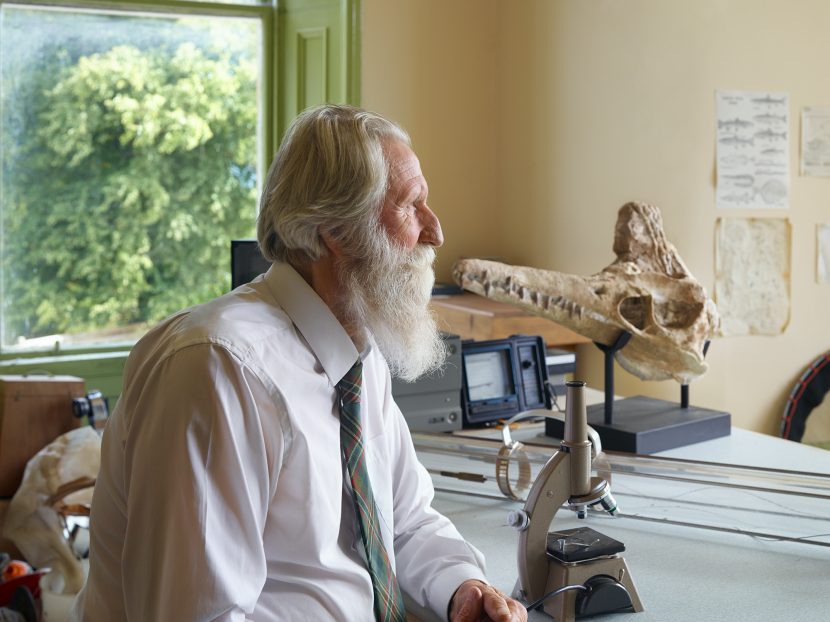
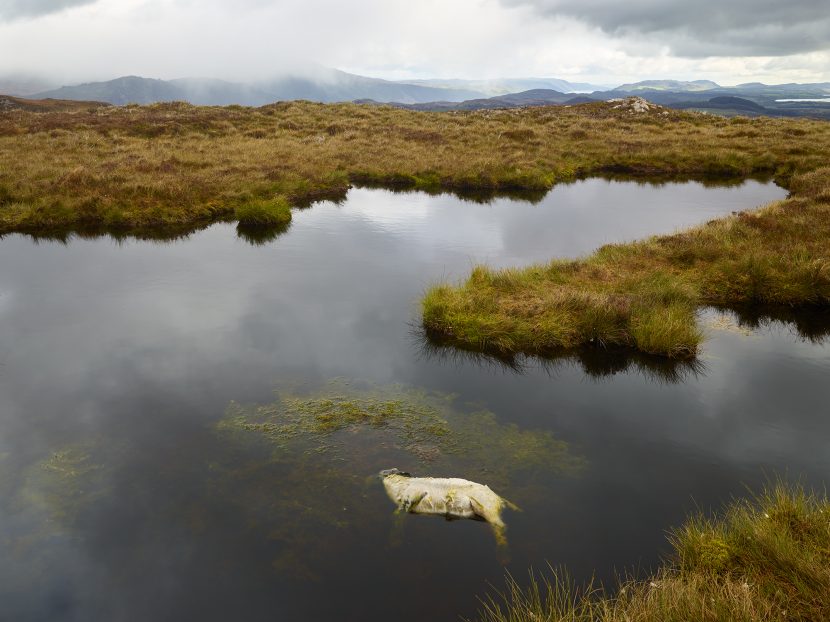
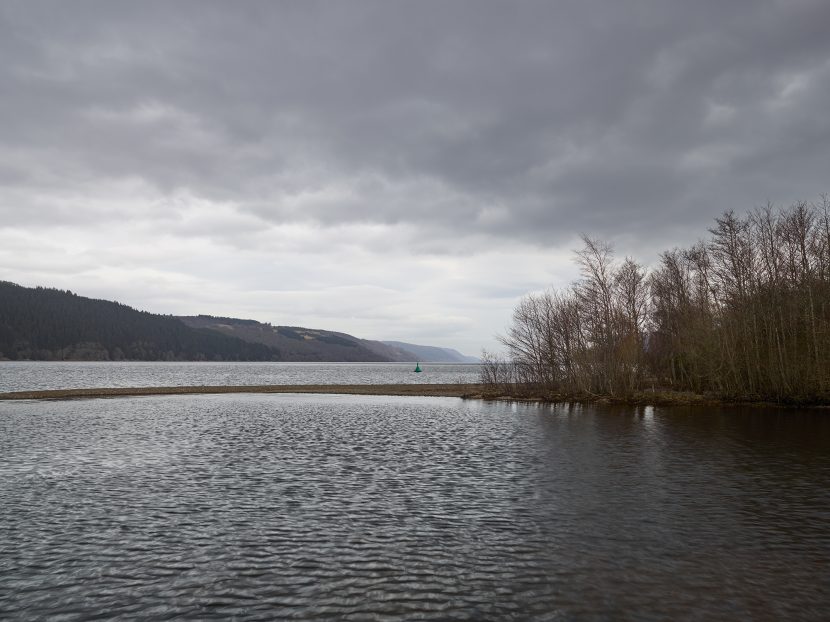
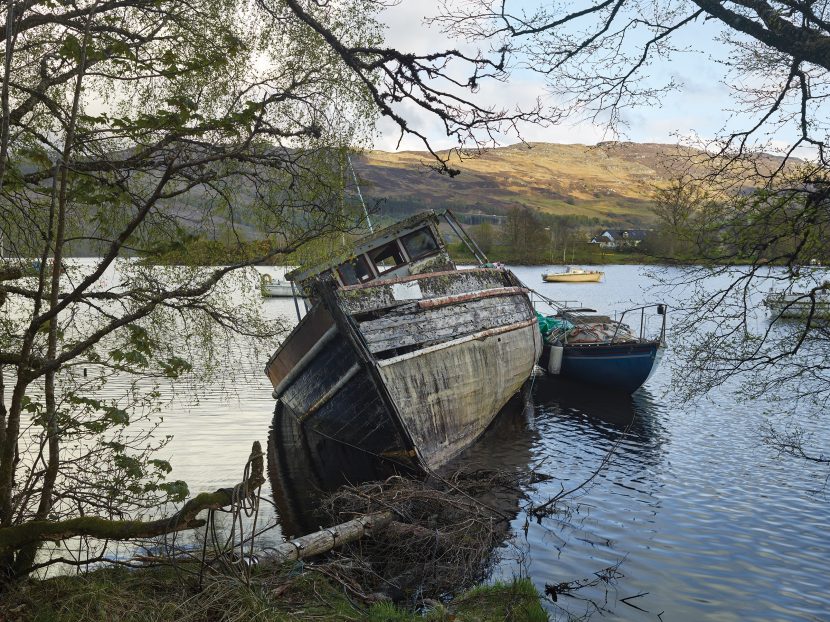
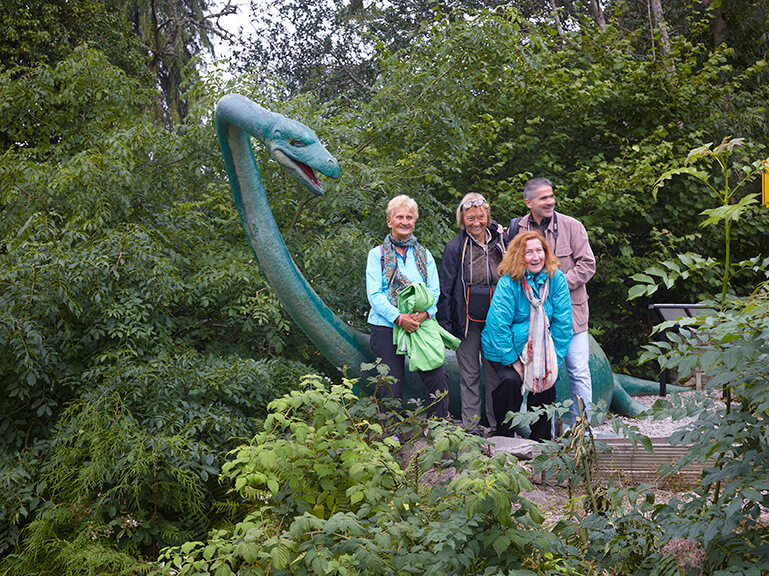
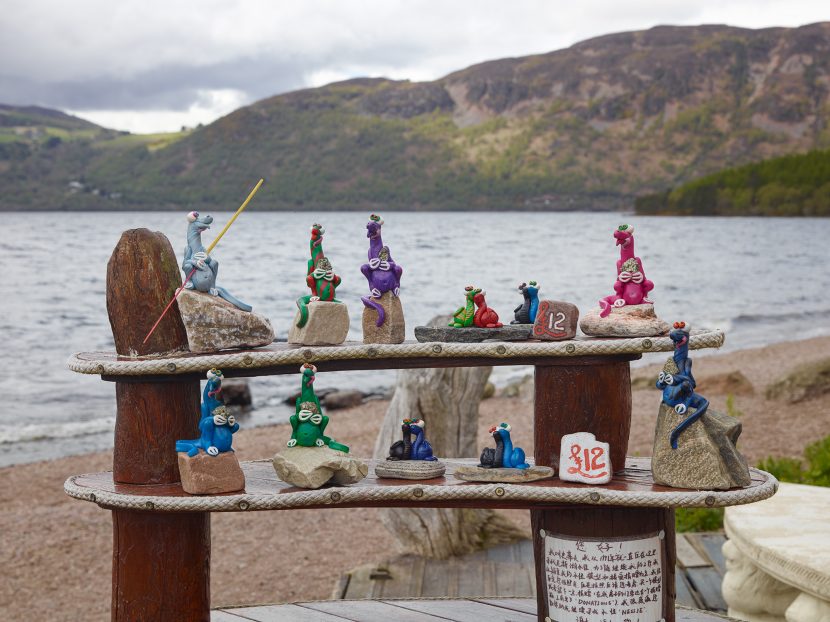
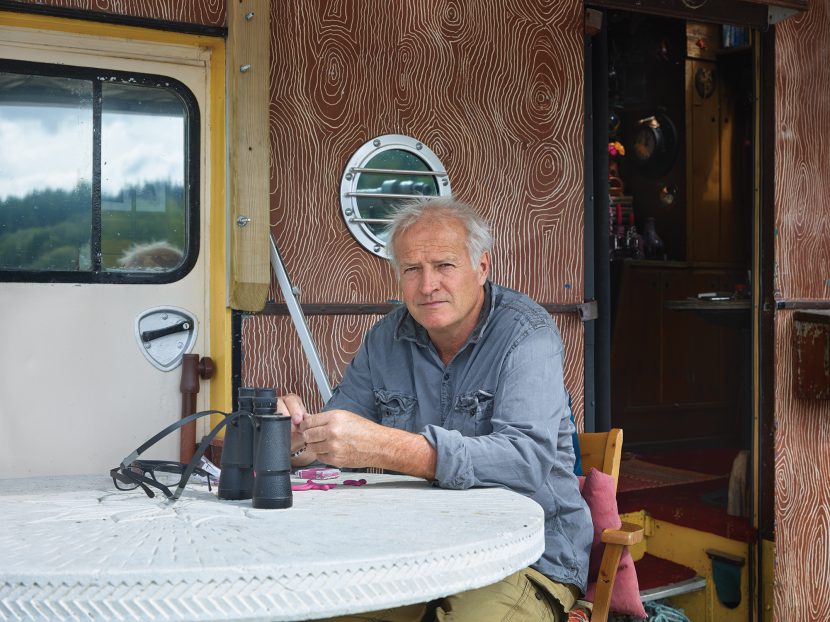
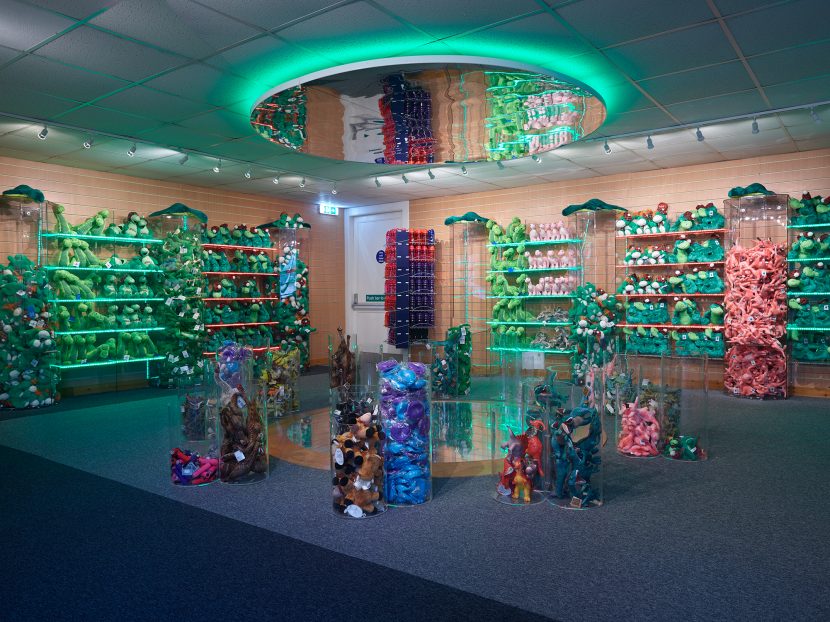
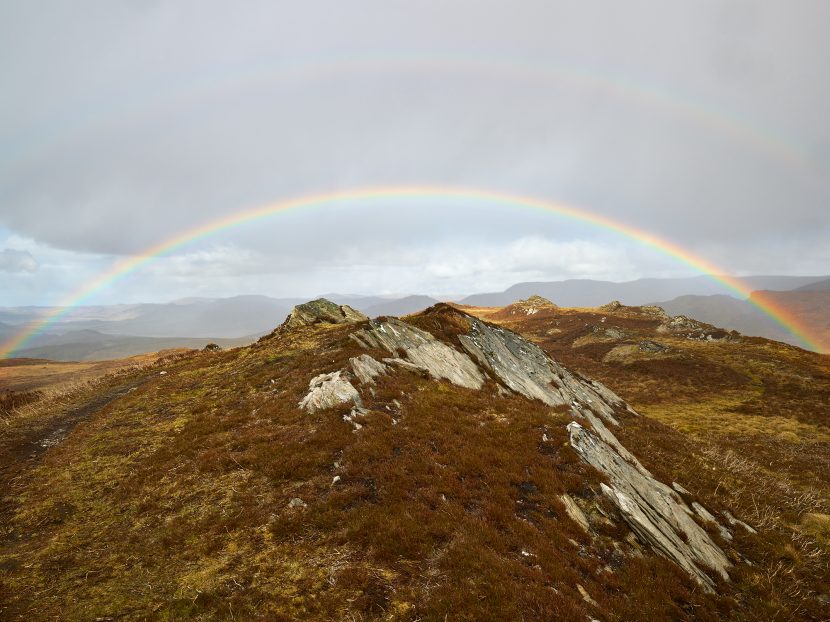
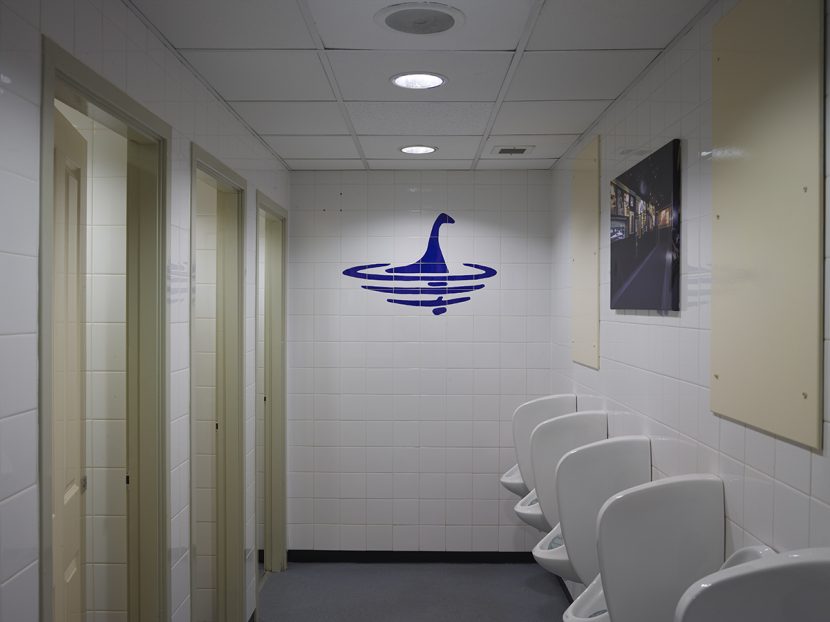
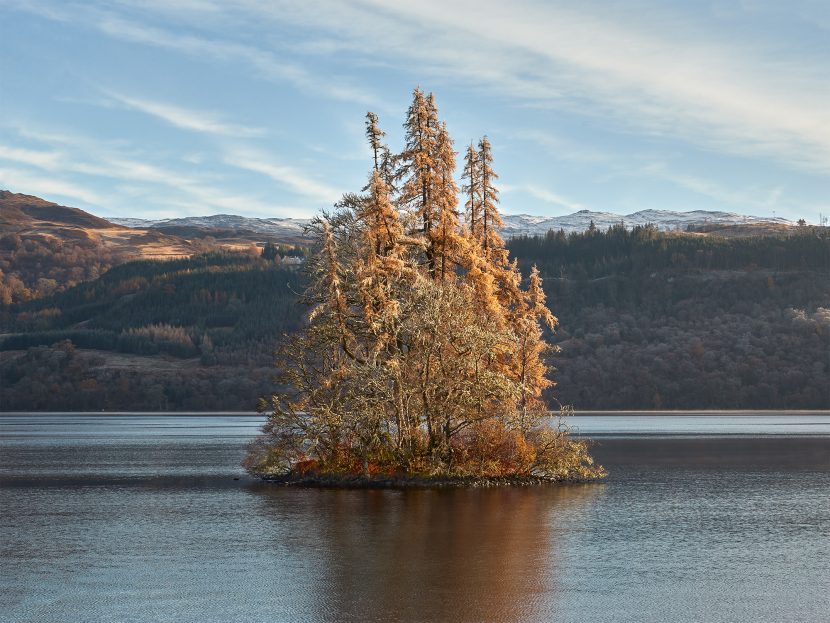
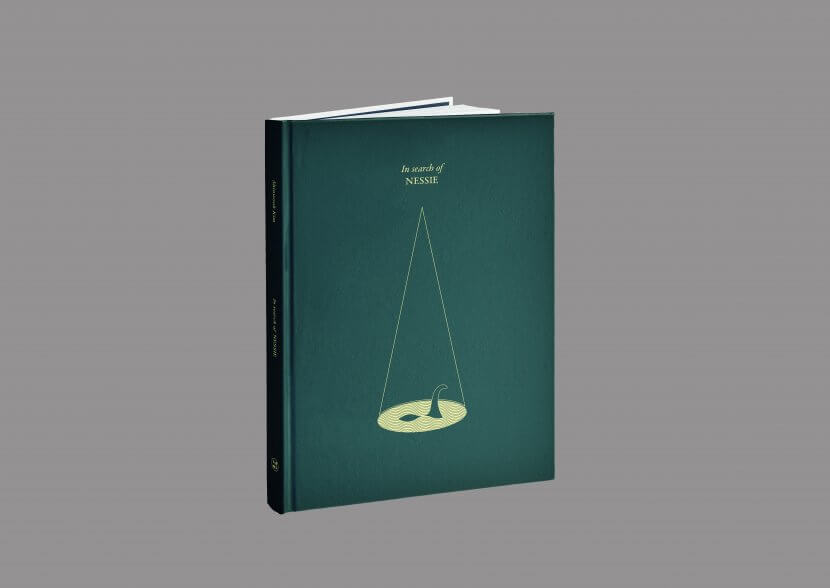
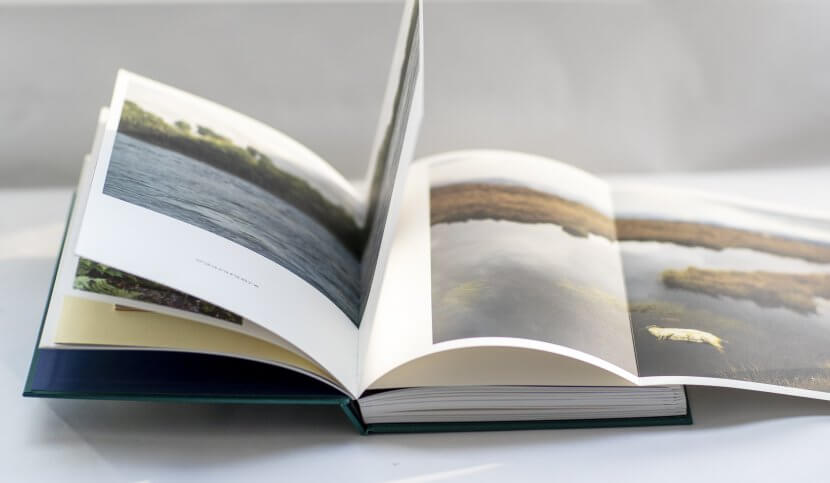
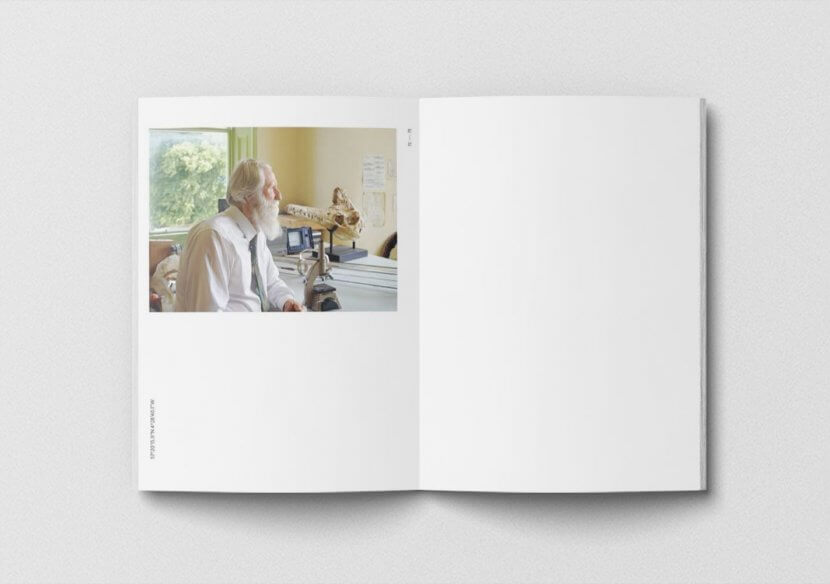
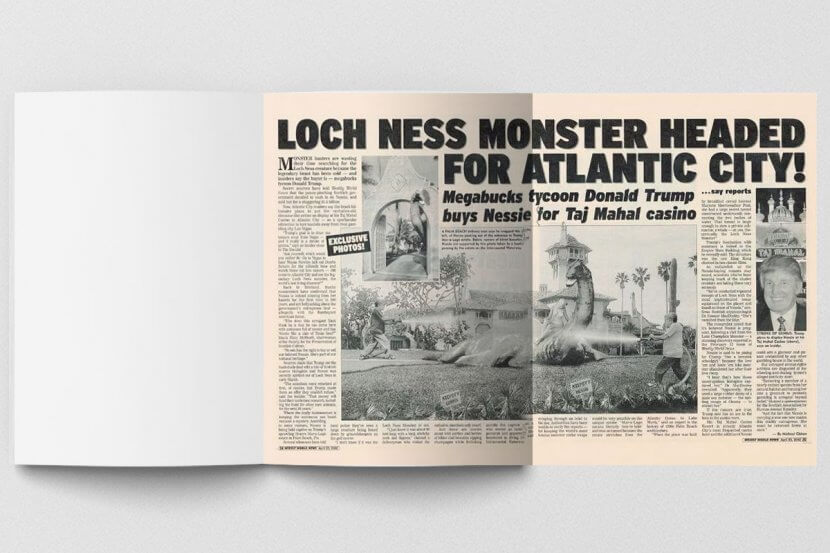
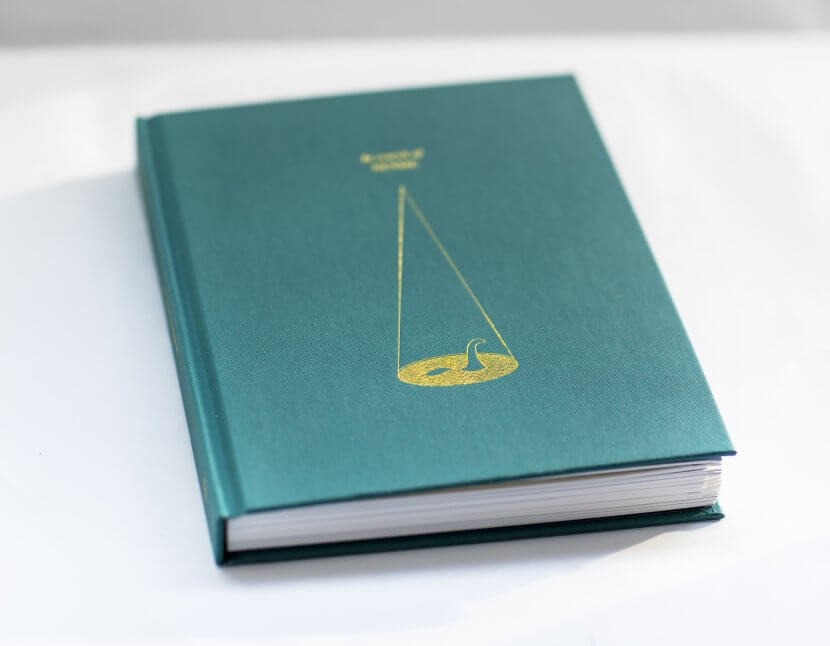
Producing work is one way of telling a story. What stories do we find interesting?
There are stories that are haunting after a long time. Some stories travel back and forth between time and space yet remain active. These stories with enough vitality to reach beyond generation and region are preserved by naming them myths or superstitions. The project began with the question of where and how such stories began and how they might affect real life and culture.
Loch Ness, a huge lake dating back to the Ice Age in Scotland’s northern Highlands region, is also a mythical place that sets the stage for ancient legends such as its unobservable depth, unpredictable weather, old medieval castles, water horse, and more. It is widely known around the world that there could be a dinosaur-like creature named Nessie. A photograph of a mysterious creature, which began in 1934 as a prank by a surgeon named Robert Wilson, triggered a long-standing mythological element in Mother Nature as the target of consumption and distribution. In those days, when humans were unable to measure nature’s depth and extent, the old myth, which referenced unknown locations, was rekindled with visually manipulated photographic images and aroused many questions. Are fiction and manipulation among the elements that compose and maintain myths? The hide-and-seek between the surrounding nature and Nessie of Loch Ness, the icon found between truth, fiction and humanity have expanded through visual and cognitive errors, manipulation of images and myths regarding an object of an unknown substance. Is mythology a fiction that is overwritten by elements humans of the past were unable to comprehend, or is it the yearning and curiosity for the unquestionable unknown? Also, how are stories associated with particular places created and how do they become myths and maintain their vitality across time and place?
There are records in the Guinness Book Records for researching Loch Ness and Nessie for 46 years while another for searching for the mysterious creature over about 30 years as a self-proclaimed ‘Nessie Hunter’.
I do not intend to look for Nessie’s real existence, but I desire to uncover how the invisible myths permeate an actual place and create a variety of devices designed to imagine it through the surrounding landscape, characters and various archives. Through this work, I intend to find the elements of a myth that are created, spread, propagated, and maintained in a particular place.
In addition, I inquire of Rene Girard’s term of the scapegoat myth. The scapegoat overlaid with a stranger. I hope to reveal fragmented images and disrupt the way it operates in order to find out how it gives meaning to a particular place and through what processes.
What makes a story (a myth) and how is it maintained and operated?